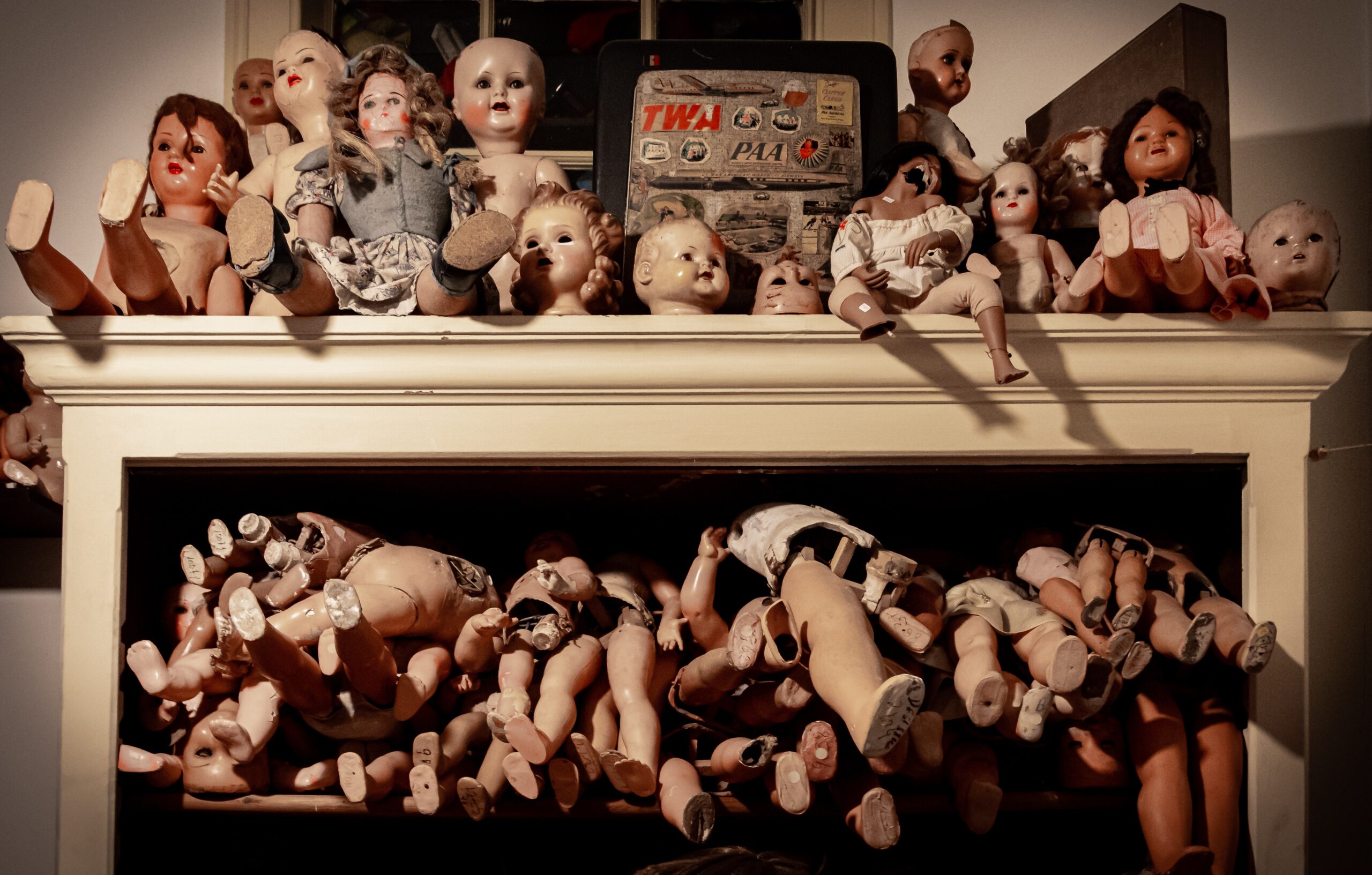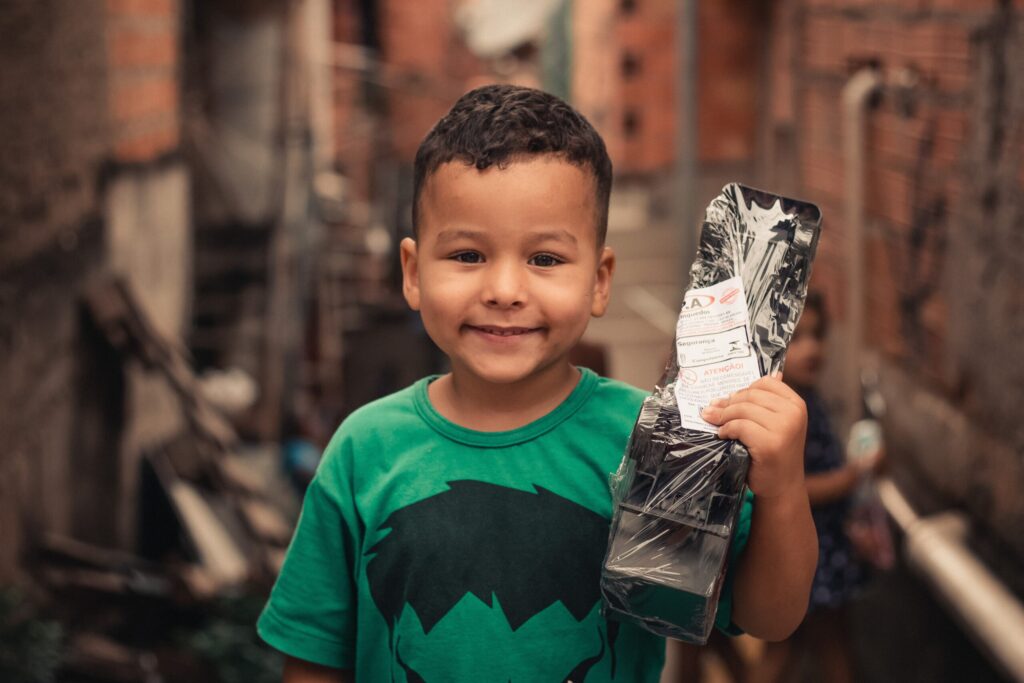No products in the cart.
All Blogs
The Case Against an Overabundance of Toys: Why Children Benefit from Fewer Possessions (and How to Tackle Excess in Your Home)
Many parents believe that more toys equal more happiness for their children, but research has shown otherwise. An overabundance of toys can actually lead to decreased creativity and imagination, as well as an inability to focus and engage in play. Additionally, it can contribute to a culture of consumerism and materialism, which can have negative effects on a child’s values and well-being.
However, managing excess toys can be a daunting task. By implementing practical strategies such as toy rotation, donating unused items, and encouraging open-ended play, parents can create a more intentional and fulfilling play environment for their children. Ultimately, a simplified approach to toy ownership can lead to more meaningful play experiences and foster valuable life skills for children.
The Surprising Benefits of a Simplified Toy Collection for Your Child’s Development

As a parent, it’s natural to want to provide your child with everything they could ever want, including a plethora of toys. However, research suggests that a simplified toy collection could be more beneficial for your child’s development than you may realize.
First and foremost, a simplified toy collection encourages creativity and imagination. When children have too many toys to choose from, they may become overwhelmed and struggle to come up with their own ideas for play. However, when they have fewer options, they are forced to use their imaginations and think outside the box. This can lead to more innovative play and foster the development of problem-solving skills.
In addition, a simplified toy collection can also help teach children the importance of sharing and cooperation. When there are fewer toys to go around, children are more likely to learn how to take turns and share with one another. This can lead to improved social skills and an understanding of the value of cooperation.
Moreover, a simplified toy collection can help reduce clutter and stress in the home. When there are too many toys, it can be difficult to keep them all organized and tidy. This can create a stressful environment for both parents and children. However, by limiting the number of toys available, it can be easier to keep the play area organized and reduce stress levels.
So, what can you do if your child already has too many toys? Start by going through their collection and getting rid of anything that is broken or no longer played with. Then, consider rotating the toys that are left out. This will keep things fresh and exciting for your child without overwhelming them with too many options at once.
In conclusion, while it may be tempting to provide your child with an abundance of toys, a simplified toy collection can actually have many benefits for their development. From encouraging creativity and imagination to teaching sharing and cooperation, a simplified toy collection can help your child thrive.
From Cluttered Chaos to Calm: Practical Tips for Managing a Toy Overload at Home

As parents, we often want to give our children everything they desire, including an abundance of toys. However, a playroom overflowing with toys can quickly turn into a cluttered chaos, leaving both children and adults feeling overwhelmed and stressed. If you find yourself drowning in a sea of toys, don’t worry – there are practical tips you can implement to bring calm back into your home.
Firstly, consider a toy rotation system. Set aside some of your child’s toys and store them out of sight for a few weeks or months. When it’s time to rotate, swap out the stored toys with the current ones. This system not only reduces clutter but also keeps toys fresh and exciting for your child.
Next, take the time to declutter regularly. Every few months, go through your child’s toys and donate or sell any that they have outgrown or no longer play with. It’s important to involve your child in this process, teaching them the value of letting go of things and the joy of giving to others.
Another useful tip is to provide storage solutions that are easily accessible and child-friendly. Shelving units with bins or baskets can keep toys organized and tidy, while also allowing your child to easily see and access what they want to play with.
Finally, limit the number of new toys that come into your home. Encourage family members and friends to give experiences or consumable gifts instead of physical toys. Consider starting a tradition of giving one special toy on special occasions, rather than a large quantity of toys.
By implementing these practical tips, you can transform your home from cluttered chaos to a calm and organized oasis. Not only will this benefit you and your child’s mental well-being, but it will also encourage your child to appreciate the value of what they have and to make the most out of their playtime.
Encouraging Creativity and Imagination: How Fewer Toys Can Lead to More Playful Learning Opportunities

Encouraging Creativity and Imagination: How Fewer Toys Can Lead to More Playful Learning Opportunities
As parents, we often feel the need to provide our children with all the latest toys and gadgets. We want them to have the best of everything, including a wide variety of toys to keep them entertained. However, studies show that having too many toys can actually hinder your child’s creativity and imagination. In this blog post, we will explore how having fewer toys can lead to more playful learning opportunities.
Firstly, having fewer toys can encourage children to be more creative with what they have. When a child has a limited number of toys, they are forced to use their imagination to create new games and activities. This can help them develop problem-solving skills and critical thinking abilities. It also allows them to explore their interests and passions, as they learn to make the most of what they have.
Secondly, having fewer toys can lead to more meaningful playtime. When a child has too many toys, they may become overwhelmed and lose interest in them quickly. However, when they have a smaller selection, they are more likely to engage in deeper play and exploration. They may even develop a deeper connection to the toys they do have, as they learn to value and appreciate them more.
Finally, having fewer toys can lead to more opportunities for social interaction and collaboration. When children have a limited number of toys, they are more likely to engage with each other and work together to create games and activities. This can help them develop important social skills, such as communication, cooperation, and teamwork.
So, how can you encourage creativity and imagination by having fewer toys? Start by decluttering and simplifying your child’s toy collection. Focus on keeping toys that are open-ended and versatile, such as building blocks or art supplies. Provide opportunities for your child to engage in imaginative play, such as creating their own stories or playing dress-up. And finally, encourage social interaction and collaboration by setting up playdates or joining community activities that promote teamwork and cooperation.
In conclusion, having fewer toys can lead to more playful learning opportunities for your child. By encouraging creativity and imagination, you can help them develop important skills and foster a love for learning that will stay with them throughout their lives. So, why not give it a try and see what new adventures your child’s imagination can lead them on?

